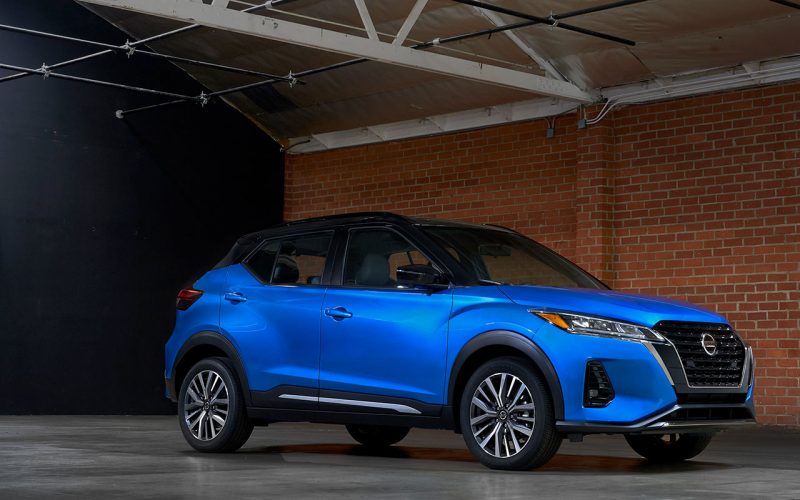
Reading Time: 5 minutesRemember the Micra? How about the Versa Note? Both were subcompact hatchbacks from Nissan, and both
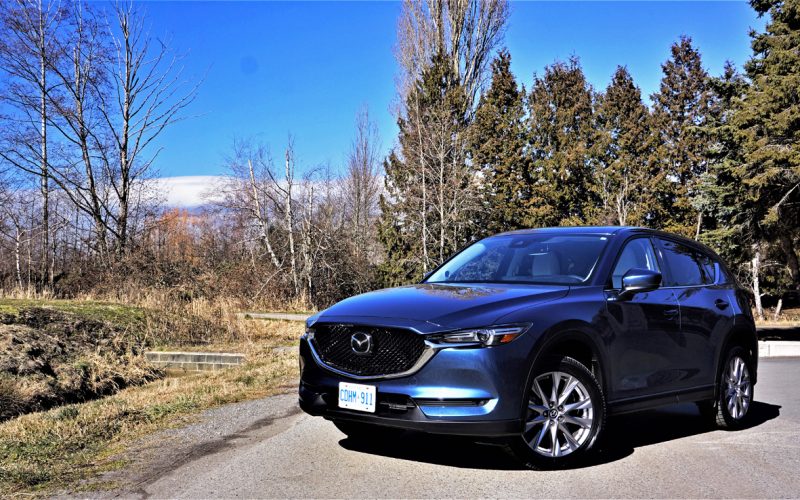
Reading Time: 11 minutesMazda is doing a good job of taking its brand as close to premium territory as
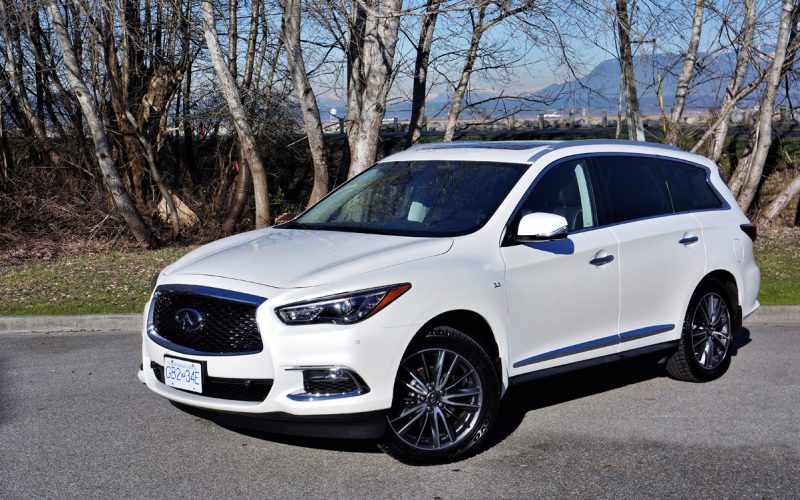
Reading Time: 10 minutesFew premium models mimic their mainstream volume branded donor platforms so closely as the QX60 does
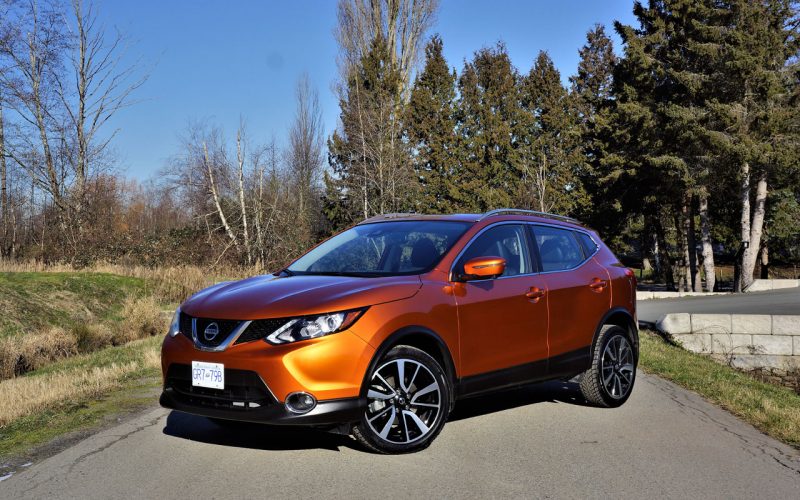
Reading Time: 8 minutesIt might look the same from the outside, but Nissan has nicely updated the 2019 Qashqai
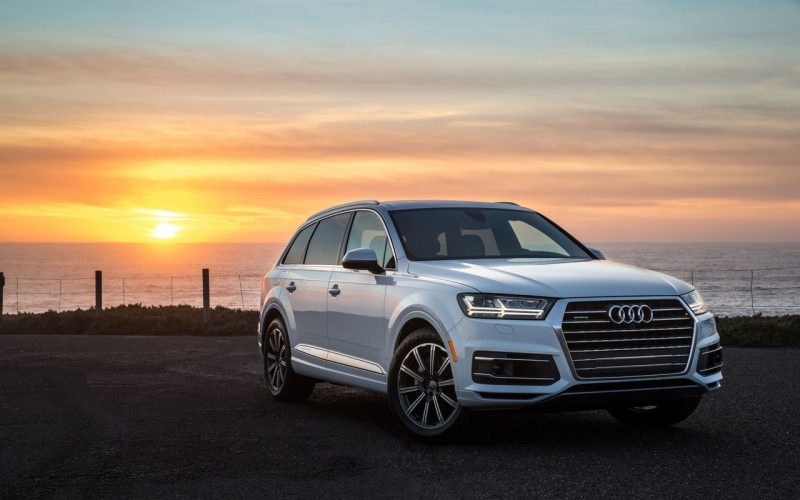
Reading Time: 4 minutesAudi and Subaru have been named best Mainstream Brand and best Premium Brand respectively in ALG’s
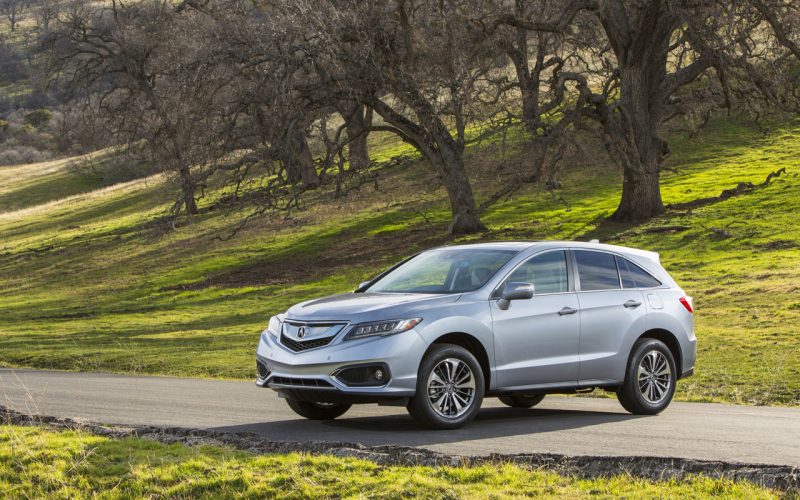
Reading Time: 4 minutesAcura’s RDX doesn’t continually gravitate to the top echelons of compact luxury SUV sales leadership by
© 2025 The Car Magazine. All Rights Reserved, Privacy Policy | Terms of Use